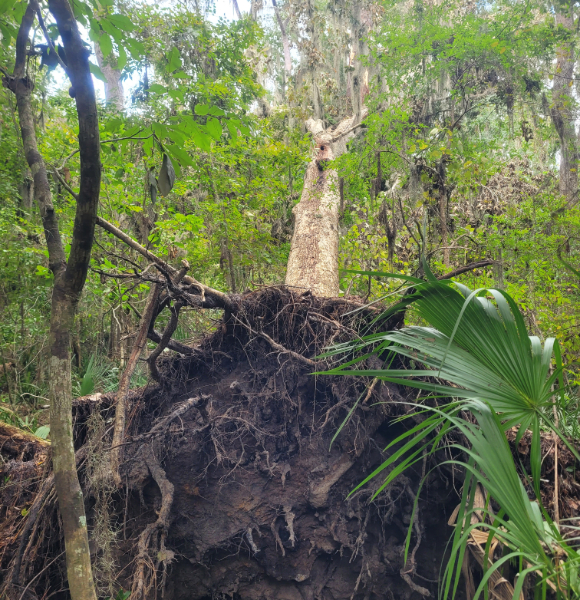Upland Hardwood Forest
Upland hardwood forests are closed-canopy forests found on mesic soils, dominated by deciduous hardwoods like southern magnolia, pignut hickory, and Florida maple. They are common on hillsides, slopes, and near floodplains, and their soils are rich in organic material, supporting a diverse range of species. These forests have a multi-layered structure, with shade-tolerant understory species and sparse groundcover.
These forests harbor many rare species of plants and animals, including heartleaf and Marianna columbine, as well as species like the four-toed salamander and worm-eating warbler. Natural disturbances, like light gap succession, hurricanes, and low-intensity fires along forest edges, contribute to forest dynamics.
Management challenges include invasive species, logging, and feral hog rooting, which can damage vegetation and soil. Upland hardwood forests often overlap with other communities such as slope forests and upland pine, contributing to their complex ecological dynamics.




